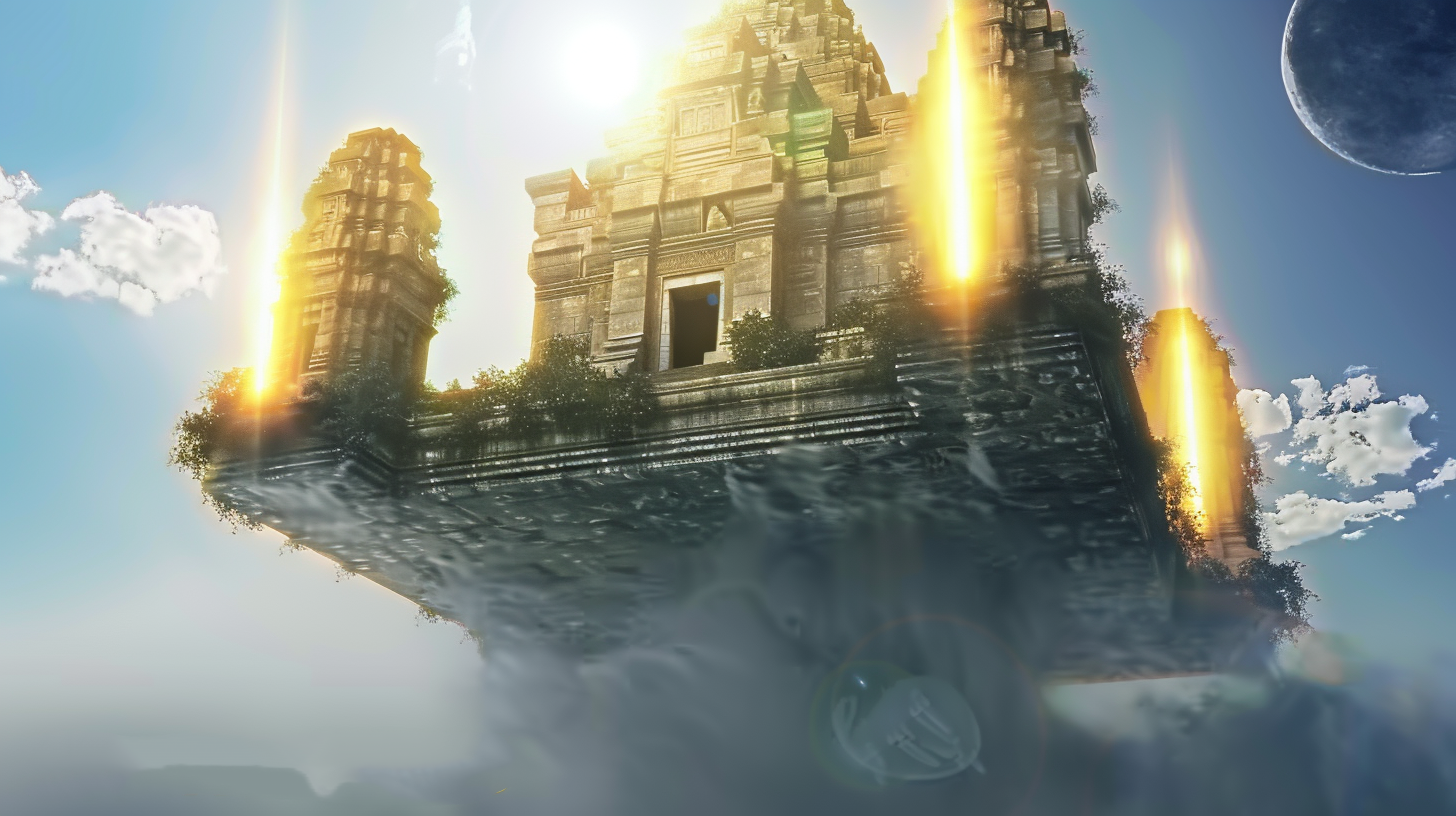In the heart of Sirpur, India, lies a testament to the marvels of ancient craftsmanship – the Surang Tila Temple. Constructed in the 7th century AD, this architectural wonder lay hidden for centuries, buried beneath the earth’s surface by the violent tremors of an 11th-century earthquake. Despite the devastation that surrounded it, the temple stood resilient, preserving its intricate design and construction techniques.
Archaeologists, intrigued by its survival, delve into the secrets held within its walls. They attribute its endurance to the advanced methods of construction, rooted in the principles of Ayurvedic or Vedic architecture. These ancient techniques, derived from centuries-old Indian texts, reflect a profound understanding of design and engineering.
In a quest for understanding, researcher Giorgio Tsoukalos embarked on a journey to India in March 2017, where he met with archaeologist Dr. Arun Sharma, the lead investigator of the Surang Tila Temple excavation. Together, they marveled at the temple’s beauty and pondered the significance of its architectural features.

Central to the temple’s construction is a unique adhesive paste, akin to a glue, found binding the temple’s stones together. Its strength surpasses that of modern concrete, yet its composition remains a mystery to contemporary builders. Detailed instructions for creating this paste are recorded in the ancient Indian text, the Mayamatam, a manuscript dedicated to construction techniques.
Legend has it that the knowledge encapsulated in these texts was passed down to humanity by Mayasura, the ancient king of the demigods, who oversaw construction projects on Earth. This knowledge, rumored to originate from celestial sources, hints at a connection between ancient civilizations and extraterrestrial beings.
Further examination of the Surang Tila Temple reveals additional engineering marvels, including 80-foot-long shafts strategically placed to mitigate seismic impacts. These features, coupled with the temple’s enduring resilience, prompt speculation about the origin of such advanced knowledge.
For believers, the Surang Tila Temple is but one example of the technological prowess detailed in ancient Sanskrit texts. These texts, they argue, offer glimpses into a distant past where humanity’s interactions with extraterrestrial entities shaped the course of civilization.
In unraveling the mysteries of ancient architectural techniques, we are confronted with questions that transcend time and space. What secrets lie within the pages of ancient manuscripts? Could our ancestors have possessed knowledge beyond our comprehension, passed down from otherworldly sources?
As we continue to explore the depths of our past, the Surang Tila Temple stands as a beacon of wonder, reminding us of the intricate tapestry of history and the enigmatic connections that bind us to the cosmos.

21 thoughts on “Decoding the Mysteries of Ancient Architectural Techniques”
Comments are closed.